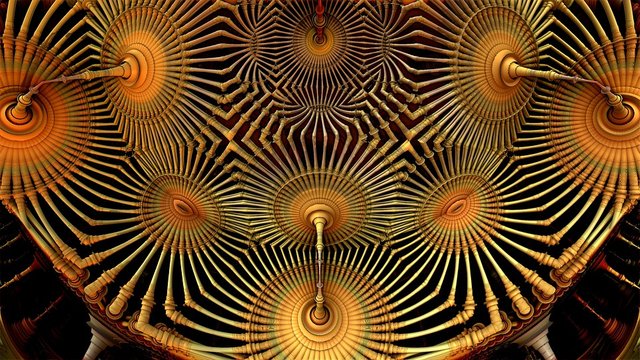Multi-State Quantum Blockchain Compared to a Time Machine

Quantum Blockchain that Functions Like a Time Machine
Victoria University out in New Zealand aims to secure crypto futures by leveraging blockchain technology that shares characteristics similar to that of a time machine. Yes, that's right - a time machine. The idea/concept stems from research authored by Del Rajan et al. They have determined, through various studies, that 10 percent of world GDP will be from blockchain projects by 2027. However, these DLT networks could become vulnerable to potential attacks from powerful Quantum Computers, unless of course, you're using a quantum blockchain.
In order to prevent future attacks, a sequence of "entangled photons" must be used to implement a quantum blockchain. Per Spectrum,
“Essentially, current records in a quantum blockchain are not merely linked to a record of the past, but rather a record in the past, one that does not exist anymore.”Furthermore, the formal document states:
"Our method involves encoding the blockchain into a temporal GHZ (Greenberger–Horne–Zeilinger) state of photons that do not simultaneously coexist. It is shown that the entanglement in time, as opposed to an entanglement in space, provides the crucial quantum advantage. All the subcomponents of this system have already been shown to be experimentally realized. Perhaps more shockingly, our encoding procedure can be interpreted as non-classically influencing the past; hence this decentralized quantum blockchain can be viewed as a quantum networked time machine."
Analogy to a Time Machine
Like the blockchain we discuss here everyday, a quantum blockchain will retain all the properties of a binary computer-based DLT - one of the most important ones being immutability. Notably, while the blockchain will be publicly viewable, the only way you would be able to modify it would be by altering the most recent version. The research paper further states that if anyone attempts to modify any photon, it would lead to the entire blockchain becoming invalid.According to researchers, this type of technology is currently available. They explain that their algorithms effectively implement a blockchain by embedding it in "temporally entangled states". Furthermore, the formal write up mentions that entanglement is done through time, and not space. This is the main advantage of a quantum blockchain over shall I say a traditional one. Reportedly, all the subcomponents of this type of DLT network have now been implemented in an experimental test phase.
Please note that this article will serve as a prelude to our soon to be published article on the Quantum Resistant Ledger platform. FYI: IOTA is one of the main and very few cryptocurrency platforms that are already quantum resistant.
Posted from my blog with SteemPress : https://cryptocoremedia.com/multi-state-quantum-blockchain/